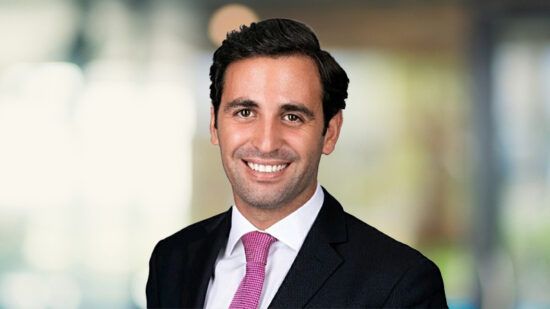But unlike Denmark, Finland and Sweden – all of which displayed signs of slackening GDP growth in recent months – IMF forecasts suggest Norway remains on course for an economic expansion of more than 3% this year, outstripping the rest of developed Europe and placing it second only to Australia in the developed world. So the Norwegian professional investors we surveyed are bullish on the domestic outlook, despite their downbeat stance on the global economy (see graph 1).

Fund selectors attribute much of Norway’s strength to its oil and gas reserves, which have shielded it from the worst of the eurozone problems. To illustrate the scale of the country’s natural resources, interviewees highlight its nok 3.7trn (€500bn) sovereign wealth fund – which is funded by petroleum revenues and reputed to hold investments comprising about 1% of global equity markets. They also note that Norway’s economic and political stability has attracted considerable foreign inflows into local assets this year – boosting stocks and the value of the krone against other currencies.
Key Trends
• Fund selectors plan to increase their domestic corporate bond and equity allocations.
• Emerging market funds are likely to see increased inflows from Oslo- based investors.
• High yield will also remain popular as asset allocators search for sources of income.
News Roundup
• Norwegian stock exchange Oslo Børs will buy Burgundy, a Swedish alternative trading platform, to create a competitor for other Nordic exchanges, and for foreign trading platforms that offer trading in Nordic securities.
• Norwegian banks need to strengthen their financial positions to withstand external shocks and reduce reliance on covered bonds as a source of funding, according to comments from the country’s financial regulator in October.
• The government expects to spend more of its oil revenues next year than previously planned.
Norwegian Fund and Asset Management Association (NFAMA) data shows that local institutional investors have strongly favoured fixed income in 2012. While equity funds saw inflows of nok 2.8bn in the first nine months of the year, net sales of bond funds hit nok 21.5bn (see graph 2).

Our research indicates that the broad fixed income focus is likely to continue among professional investors, but that they also plan to seek out opportunities in domestic and emerging market equities.
Investment grade
Appetite for locally-issued corporate debt is growing
Exchange rate risk is a hot topic in Oslo – particularly among wealth managers, many of whom are seeking to minimise their overseas currency exposure. Because of this, and their upbeat stance on Norway’s economy, fund selectors view domestic investments as attractive. For example, almost four-fifths of interviewees plan to augment their corporate bond weightings during the next year – the biggest positive response on any asset class (see graph 3). But rather than taking a global approach, fund selectors are likely to allocate the bulk of this increase to locally-issued debt securities.
Western equities
Nordic stocks are popular but the US is out of favour
This home bias extends to equities, where more than half of Norwegian investors expect to raise their European weightings – an increase on our May survey (see graph 4).

While they are tempted to take advantage of perceived value opportunities in the EU, most interviewees plan to keep their allocations skewed towards Norwegian and Nordic companies (Norway- specific funds account for about one-third of all institutional equity fund investments, according to NFAMA). Nevertheless, some fund selectors also worry that this domestic focus could leave them over-exposed to the oil industry.
There is little appetite for US stocks, meanwhile, with more than two in five interviewees actively planning to reduce their weightings during the next year (see graph 5).
Emerging markets
Fund selectors plan higher EM equity and bond weightings
Interviewees are generally upbeat on the developing world, with two-thirds planning to boost their broad exposure to the region. Fund selectors are enthused by stocks, and more than half expect to bolster their equity weightings (see graph 6).

Some investors view emerging market mining companies – especially those in Brazil – as an attractive way to diversify their domestic oil sector exposure.
Their desire for emerging market government debt is similarly robust (see graph 7), especially for Asian and Latin American sovereign bonds.

Interviewees are also keen to learn more about developing world corporate debt markets – both local and hard currency. Despite their general aversion to non-krone investments, fund selectors view emerging market currency exposure as potentially beneficial.
High yield
Riskier corporate bonds are in demand
Norwegian investors have traditionally held smaller high yield allocations than their European counterparts, and appetite for the asset class has fallen slightly (see graph 8).

Yet Oslo- based fund selectors remain interested in this riskier area of developed world fixed income and say krone- denominated securities would be particularly attractive. As in many European countries, investor interest in this sector has been stoked by historically-low yields on Western government debt, and no interviewees plan to increase their US or European sovereign bond weightings.
Alternatives
Multi-asset strategies are likely to see inflows
There is some appetite for absolute return, with a third of fund selectors expecting to boost their allocations. Demand is likely to be stronger for multi-asset solutions, and more than two in five of our interviewees plan greater usage of diversified strategies (see graph 9).







